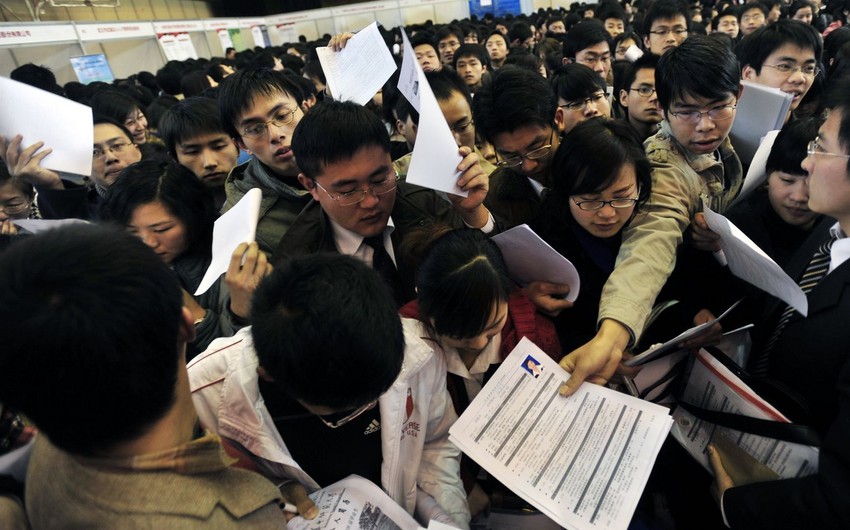Japan's unemployment rate rose to 2.7 percent in July, up from 2.5 percent in the previous month in the first deterioration in five months, as more workers left their jobs in search of improved working conditions, government data showed on August 30, Report informs referring to The Mainichi.
The total number of people with jobs fell 0.3 percent to a seasonally adjusted 67.66 million, while those without jobs rose 6.3 percent to 1.87 million, the Ministry of Internal Affairs and Communications said.
The number of people who quit their jobs increased by 70,000, or 9.5 percent, while those who were let go fell by 10,000, or 2.2 percent.
"More people have left their jobs to find better employment opportunities such as higher pay and more vacation time. We might be able to call it positive unemployment," a ministry official said. "The labor market remains tight, so we don't think these people will remain unemployed for long."
The number of people quitting their jobs usually increases in July, three months after the beginning of Japan's fiscal year in April when new hires typically commence employment, the official said.
Workers dissatisfied with their jobs tend to start looking for better opportunities after working for a particular employer for a couple of months, he added.
The search for better conditions comes as Japanese households are struggling with rising living costs as the yen's weakness has inflated import prices, particularly for food and energy.
"Japan's labor shortage is a structural problem so I would not be too worried" about the latest data, said Saisuke Sakai, a senior economist at Mizuho Research & Technologies Ltd.
"But on the other hand, bankruptcies are on the rise on the back of the weak yen and rising labor costs. That is a risk factor that could shrink labor demand going forward," he said.
The job availability ratio rose 0.01 point from June to 1.24, increasing for the first time in four months, indicating there were 124 jobs available for every 100 job seekers, according to separate data released by the Health, Labor and Welfare Ministry.
By sector, academic research saw 7.4 percent more job offers than a year earlier, while the telecommunication sector saw a rise in job openings of 6.6 percent.
Sectors with fewer newly available jobs included education, down 5.1 percent, while openings in the manufacturing sector shrank 2.9 percent.
"Corporate earnings will be generally worse this fiscal year than last due to higher costs," Sakai said. "We need to pay attention to how that is going to affect job openings."





















